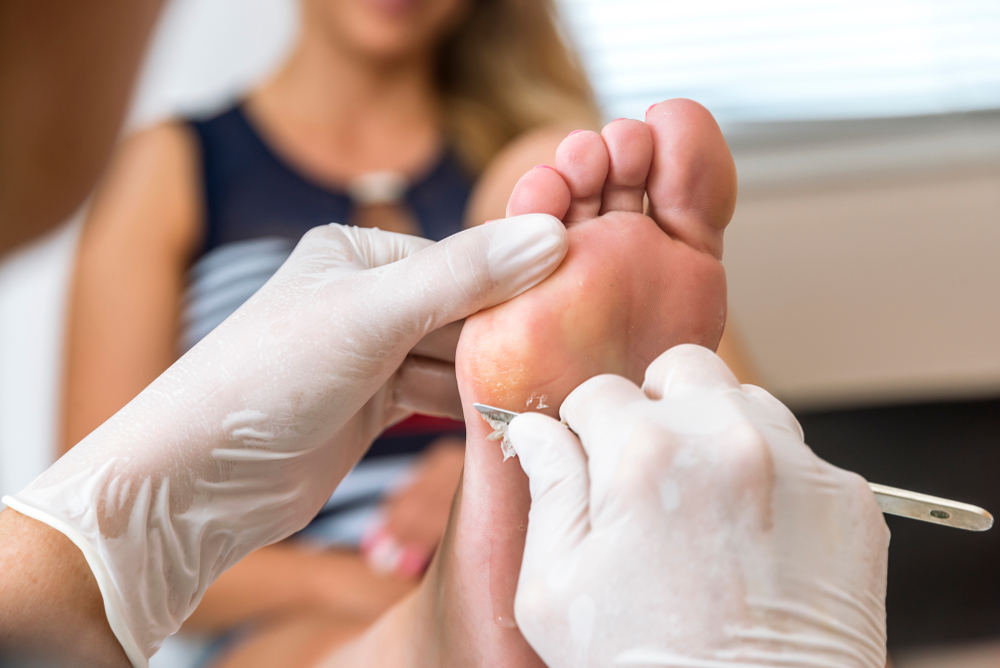Your feet can tell a lot about your health. If you notice anything unusual in terms of color or appearance, it would be wise to have your feet checked by a podiatrist as soon as possible. The same idea also applies if you have recurring or severe foot pain. If it keeps coming back or if the soreness is intolerable, a visit to the foot clinic is a must.
But what can you expect from your first appointment with a podiatrist? Is there anything you should bring or keep in mind before visiting the foot clinic? Do you need to come back for a follow-up appointment? These concerns will be addressed below.
Things To Bring and Wear
In most cases, you would not need to bring anything other than a valid ID and a medical card (if available) to help with insurance billing. It would also help to download and fill out the patient form beforehand to save you time during the foot clinic appointment.
If applicable, don’t forget the referral letter from your general practitioner or relevant imaging results from x-rays and ultrasounds that you may have had in the past. In terms of footwear, a pair of orthodontics or sneakers that you regularly wear can suffice. This allows the podiatrist to assess the wear and tear of your shoes.
Pre-Consultation
Upon entering the foot clinic, the clinic staff will check your body temperature as per health and safety protocols. They will also note down your vitals like your weight and blood pressure. Also, make sure to keep your face mask on at all times.
If an online patient form is not available or you were not able to download it, you must complete a medical history report. It contains questions about your current medical conditions, ongoing foot problems, and medications prescribed by your general practitioner. The questionnaire may also ask about your family medical history.
Submit the accomplished report to the clinic staff, then wait for your name to be called. There is usually a queue, so it will take some time for you to be accommodated. Once you are next in line, the podiatrist will call you. Then, the consultation begins.
Consultation Proper
1) Assessment of Symptoms
This is the getting-to-know-you stage of any medical appointment. The podiatrist will want to learn more about you and the reason for your visit or consultation. Any symptom or issue that you are currently experiencing will be discussed. The foot specialist will then use the information to confirm an initial diagnosis.
2) Medical History
Apart from the signs and symptoms of a foot problem, the podiatrist will need to know about your medical history. Doing so ensures that the foot specialist does not attempt treatments that were unsuccessful in the past and elaborates on past diagnoses. The podiatrist will also ask questions about previous doctor visits, if there are any.
3) Physical Examination
Using the gathered information that your podiatrist has about your ongoing foot issue, they will thoroughly examine your legs and feet. They will check for bumps and assess the pain level of the problematic area/s. The foot specialist may also order additional tests, such as an x-ray or ultrasound, for a more accurate and definite diagnosis.
4)Treatment Recommendation
Once the patient’s medical history and symptoms, along with the additional tests and procedures, have been considered, the podiatrist would be able to recommend a treatment plan. The options may include but are not limited to medications, physical therapy, and/or surgery to solve and prevent the foot issue from reoccurring.
5) Follow-Up Appointment
A follow-up appointment will be scheduled once you and the podiatrist have agreed upon a treatment plan. The patient may need to return to the clinic based on the diagnosed condition. If the foot issue resolves after medication, a single follow-up appointment is enough. For therapy and surgery options, several trips may be required.
See a Foot Specialist
If you notice anything unusual about your feet, it pays to visit a foot clinic near you. Self-diagnosing your feet is the last thing you would want to do. From unusual bumps to chronic foot pain, a podiatrist can examine what’s wrong with your feet and how you can recover in the safest and fastest way possible. So, don’t delay!


 Home
Home









